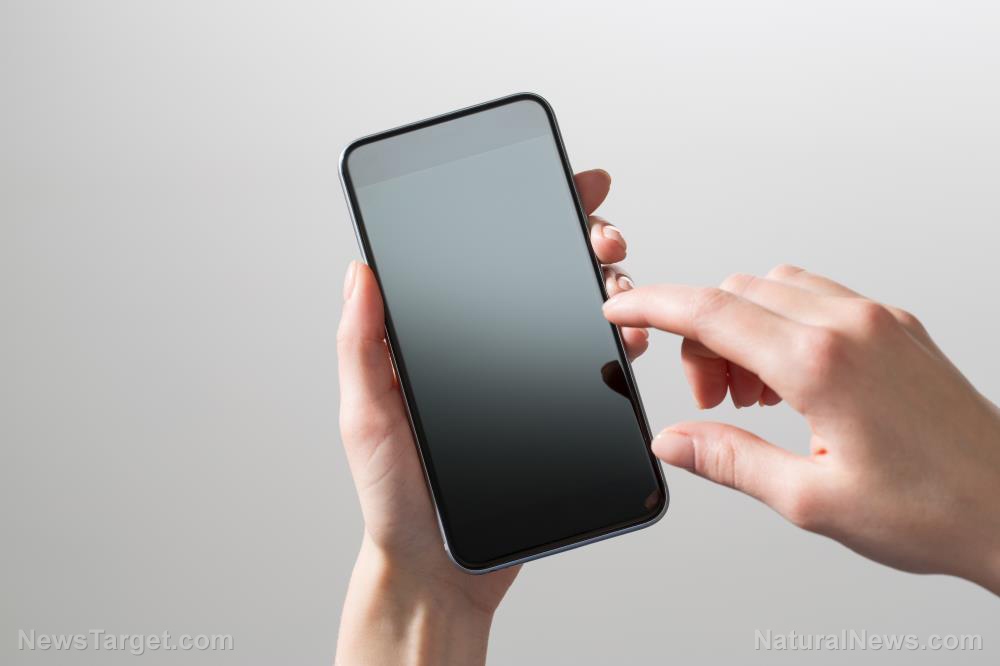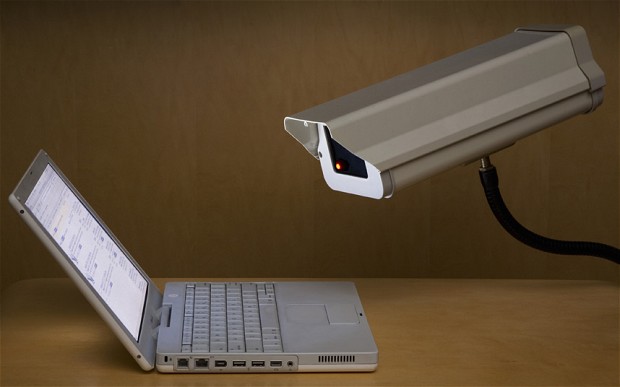Most Brits feel they are victims of “sonic snooping,” and cybersecurity experts believe they’re right
03/24/2023 / By Arsenio Toledo

Two-thirds of people in the United Kingdom believe they are victims of “sonic snooping,” and cybersecurity experts believe there is some truth to their fears.
Sonic snooping is the phenomenon that occurs when people see ads for products or services pop up on their smartphone screens soon after talking about or seeing a similar product or service. (Related: House passes bill requiring companies to inform consumers if their smart devices have cameras or microphones.)
One study made by cybersecurity specialists from virtual private network provider NordVPN found that over half of people in the U.K. believe their mobile devices are stealthily collecting data eavesdropped from their personal conversations and selling that information to advertisers – or worse, passing the info to hackers in control of remote servers.
The survey saw 669 of the 1,000 respondents who participated agree when asked if they felt that their smartphone’s microphone might be constantly picking up clues about their whereabouts and their conversations.
The survey participants noted that they first started getting these feelings when they noticed advertisements for products or services pop up on their phones as soon as they searched for something similar or spoke about it with their friends or family members over the phone.
A full two-thirds of those affected said they are uncertain how to stop this phenomenon from happening.
Fears about sonic snooping may be real
Cybersecurity experts and analysts note that these kinds of digital surveillance systems, known as ultrasonic cross-device tracking, are able to monitor people by secretly communicating with each other.
This stealth communication is done by sending ultrasonic waves that are too high to be heard by humans. These waves travel around the room, revealing both the location of the device’s owner and what he or she is up to.
The devices then connect to smartphones, laptops, tablets and other smart devices with microphones and use the data to show people adverts that could be relevant while they are scrolling through social media or browsing the internet.
“It’s tricky to say how often smartphones are eavesdropping on your private conversations – but the technology is certainly in place to do it,” warned cybersecurity adviser Adrianus Warmenhoven.
He further noted that cross-tracking is a goldmine for advertisers and allows them to “gather a lot of information about you, all without your knowledge.”
But Warmenhoven pointed out that it may be impossible to fully prevent smart devices from gathering information on their owners, even if they are not connected to the internet.
The cybersecurity expert noted that the best way to minimize, if not entirely eliminate, sonic snooping is by keeping a tab on what mobile applications are allowed to do on smart devices, especially apps that ask for access to a smart device’s microphone.
Learn more about the illegal surveillance of people at Watched.news.
Watch this episode of the “Health Ranger Report” as Mike Adams, the Health Ranger, reviews the best smartphones to use for optimum privacy and security.
This video is from the Health Ranger Report channel on Brighteon.com.
More related stories:
WATCHED: CDC purchased location data of 55M phone users to track them during COVID-19 lockdowns.
Study finds Big Tech apps continue “listening” and gathering data even when mic is set to “mute.”
Sources include:
Submit a correction >>
Tagged Under:
advertising, computing, cyber war, cybersecurity, future tech, Glitch, information technology, insanity, national security, privacy, privacy watch, products, smartphones, sonic snooping, spy gate, surveillance, targeted advertising, United Kingdom, watched
This article may contain statements that reflect the opinion of the author
RECENT NEWS & ARTICLES
COPYRIGHT © 2018 WATCHED.NEWS
All content posted on this site is protected under Free Speech. Watched.news is not responsible for content written by contributing authors. The information on this site is provided for educational and entertainment purposes only. It is not intended as a substitute for professional advice of any kind. Watched.news assumes no responsibility for the use or misuse of this material. All trademarks, registered trademarks and service marks mentioned on this site are the property of their respective owners.



















